Prominent MS Blogger Features Interview with MFN Founder
Matt Cavallo is one of the top bloggers in the Multiple Sclerosis community. Having been diagnosed in 2005, Matt has worked to turn his disease into an inspirational story for others with MS and other chronic illness. Through his blog, books, and motivational speaking engagements, Matt has not only worked to raise awareness for both patients and providers with his deeply personal journey, but has inspired people to take control of their illness and begin the journey to living well.


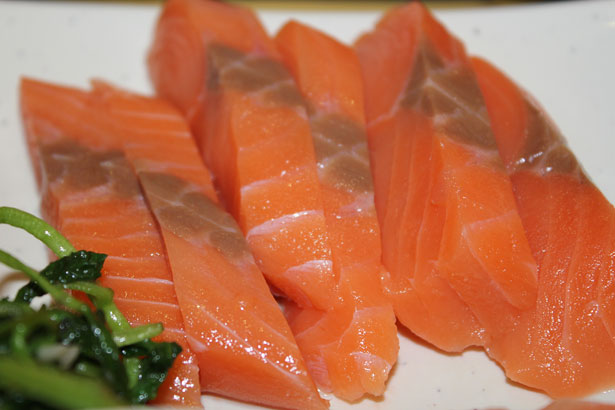
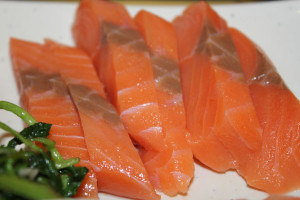 y need to buy these products to support your athletic performance. The question arises: Are there really special nutrients or components of food that can help athletes to go faster, higher or stronger? If so, can they be consumed in the form of whole foods or do we actually need special commercial supplements?
y need to buy these products to support your athletic performance. The question arises: Are there really special nutrients or components of food that can help athletes to go faster, higher or stronger? If so, can they be consumed in the form of whole foods or do we actually need special commercial supplements?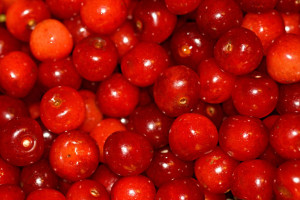 Do tart (Montmorency) cherries offer any benefits to sports performance? If so, what’s the best way to consume them?
Do tart (Montmorency) cherries offer any benefits to sports performance? If so, what’s the best way to consume them?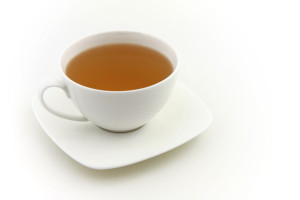 Green tea reportedly enhances fat oxidation and helps with weight loss, particularly when combined with caffeine. But the amount of additional fat burned is minimal, and the 10 to 12 cups of green tea needed to create any effect is a bit overwhelming. (Hence, most studies use a green tea extract.) Because green tea has not been studied in lean athletes, we can only guess that it is unlikely to offer a significant improvement in body composition.
Green tea reportedly enhances fat oxidation and helps with weight loss, particularly when combined with caffeine. But the amount of additional fat burned is minimal, and the 10 to 12 cups of green tea needed to create any effect is a bit overwhelming. (Hence, most studies use a green tea extract.) Because green tea has not been studied in lean athletes, we can only guess that it is unlikely to offer a significant improvement in body composition.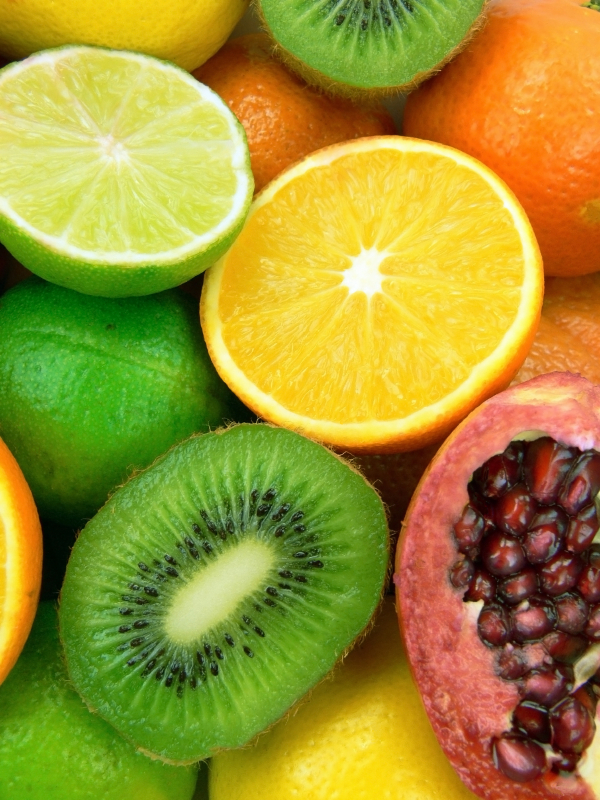
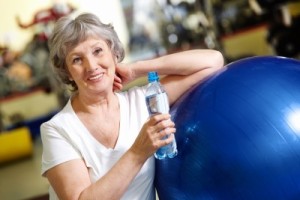 STEP 2: Realize you are an individual
STEP 2: Realize you are an individual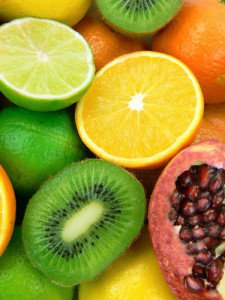


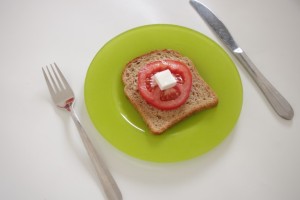 Neither! A better approach is to define nutrient needs according to body weight. For example, the International Olympic Committee developed these guidelines:
Neither! A better approach is to define nutrient needs according to body weight. For example, the International Olympic Committee developed these guidelines: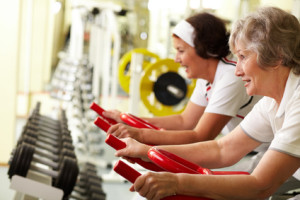 Training with low glycogen stores (“train low”) drives up the metabolic adaptations to burn more fat. By burning fat instead of glycogen, you’ll spare the limited glycogen stores. Theoretically, this should enhance stamina and endurance because glycogen depletion is associated with fatigue. To date, “training low” has been most effective in research with untrained individuals. Athletes who exercise with depleted glycogen are unable to exercise at high intensity and that may hinder performance.
Training with low glycogen stores (“train low”) drives up the metabolic adaptations to burn more fat. By burning fat instead of glycogen, you’ll spare the limited glycogen stores. Theoretically, this should enhance stamina and endurance because glycogen depletion is associated with fatigue. To date, “training low” has been most effective in research with untrained individuals. Athletes who exercise with depleted glycogen are unable to exercise at high intensity and that may hinder performance.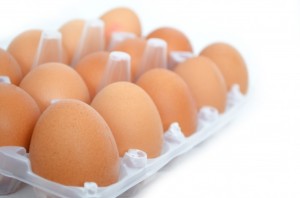
 Of course, everyone’s diet/fitness level can always use improvements, and there’s no denying that America has a weight problem. Although The Biggest Loser can prompt some good discussions about diet and exercise, it promotes unhealthy, unrealistic methods of weight loss. The contestants’ diets are severely restricted to around 1,200 calories a day. Using this barely minimal caloric intake as fuel, they exercise for 4-6 hours a day until people frequently collapse or get physically sick. Then the trainers scream at them to shake it off, shaming them into believing they can – and should – push through the pain and exhaustion. As if they really wanted to lose weight badly enough, their will power would prevail over their body. Contestants are expected to lose several pounds each week, when a healthy rate is 1-2 pounds a week at the most. If this doesn’t encourage eating disorders, I don’t know what would. Off camera, it’s rumored that contestants will do anything to get the numbers on the scale lower, like dehydrating themselves or using laxatives or other methods to lose weight faster.
Of course, everyone’s diet/fitness level can always use improvements, and there’s no denying that America has a weight problem. Although The Biggest Loser can prompt some good discussions about diet and exercise, it promotes unhealthy, unrealistic methods of weight loss. The contestants’ diets are severely restricted to around 1,200 calories a day. Using this barely minimal caloric intake as fuel, they exercise for 4-6 hours a day until people frequently collapse or get physically sick. Then the trainers scream at them to shake it off, shaming them into believing they can – and should – push through the pain and exhaustion. As if they really wanted to lose weight badly enough, their will power would prevail over their body. Contestants are expected to lose several pounds each week, when a healthy rate is 1-2 pounds a week at the most. If this doesn’t encourage eating disorders, I don’t know what would. Off camera, it’s rumored that contestants will do anything to get the numbers on the scale lower, like dehydrating themselves or using laxatives or other methods to lose weight faster.
 Adding on exercise does not equate to losing body fat. In a 16-week study, untrained women (ages 18 to 34) built up to 40 minutes of hard cardio or weight lifting three days a week. They were told to not change their diet, and they saw no changes in body fatness.(1) Creating a calorie deficit by eating less food seems to be more effective than simply adding on exercise to try to lose weight.
Adding on exercise does not equate to losing body fat. In a 16-week study, untrained women (ages 18 to 34) built up to 40 minutes of hard cardio or weight lifting three days a week. They were told to not change their diet, and they saw no changes in body fatness.(1) Creating a calorie deficit by eating less food seems to be more effective than simply adding on exercise to try to lose weight. MYTH: If you train for a marathon or triathlon, surely your body fat will melt away.
MYTH: If you train for a marathon or triathlon, surely your body fat will melt away.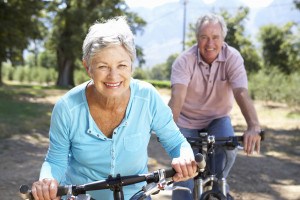 looking at exercise for weight loss, the men lost 11.5 pounds and the women maintained weight, even though they did the same amount of exercise.(6) In another study, men who did an 18-month marathon training program reported eating about 500 more calories per day and lost about five pounds of fat. The women reported eating only 60 more calories, despite having added on 50 miles per week of running. They lost only two pounds.(7)
looking at exercise for weight loss, the men lost 11.5 pounds and the women maintained weight, even though they did the same amount of exercise.(6) In another study, men who did an 18-month marathon training program reported eating about 500 more calories per day and lost about five pounds of fat. The women reported eating only 60 more calories, despite having added on 50 miles per week of running. They lost only two pounds.(7)